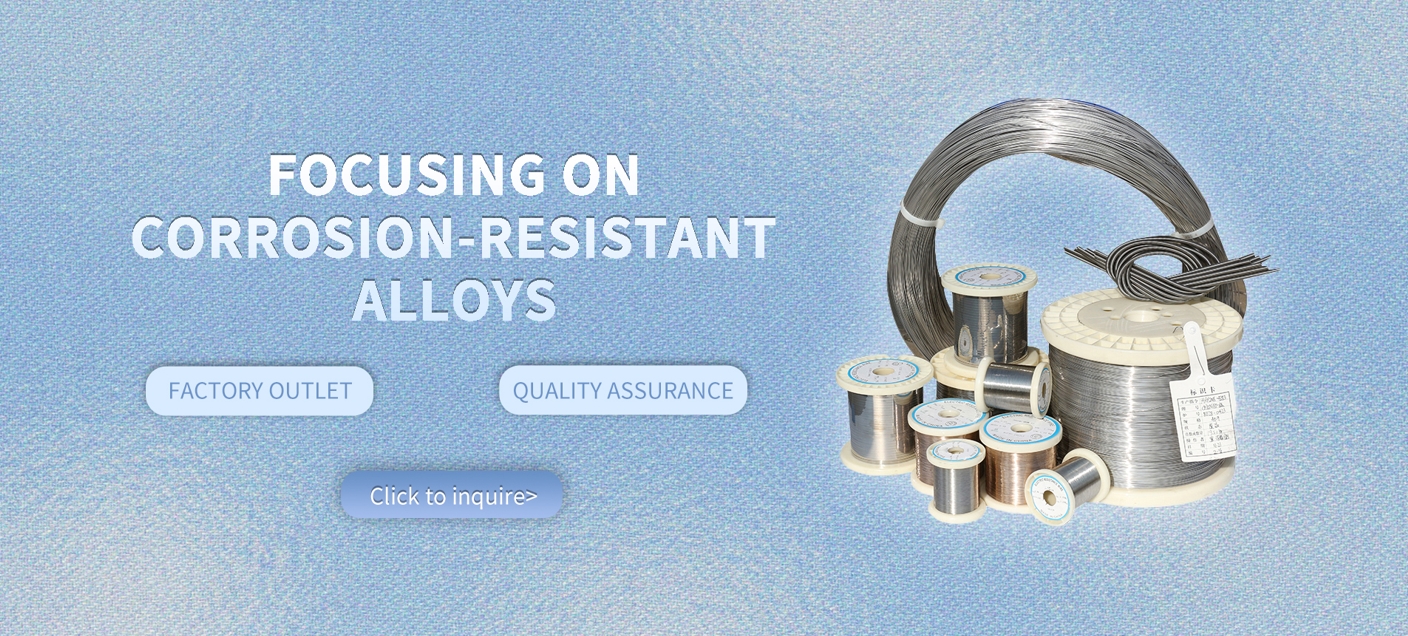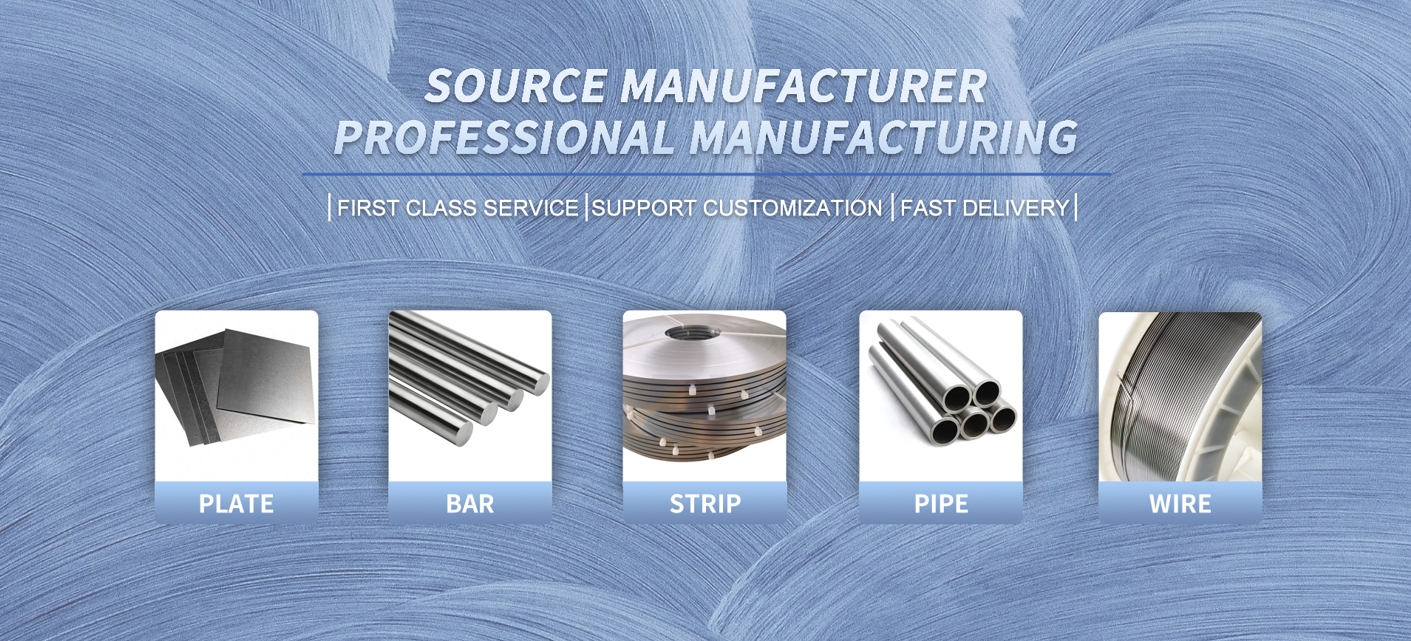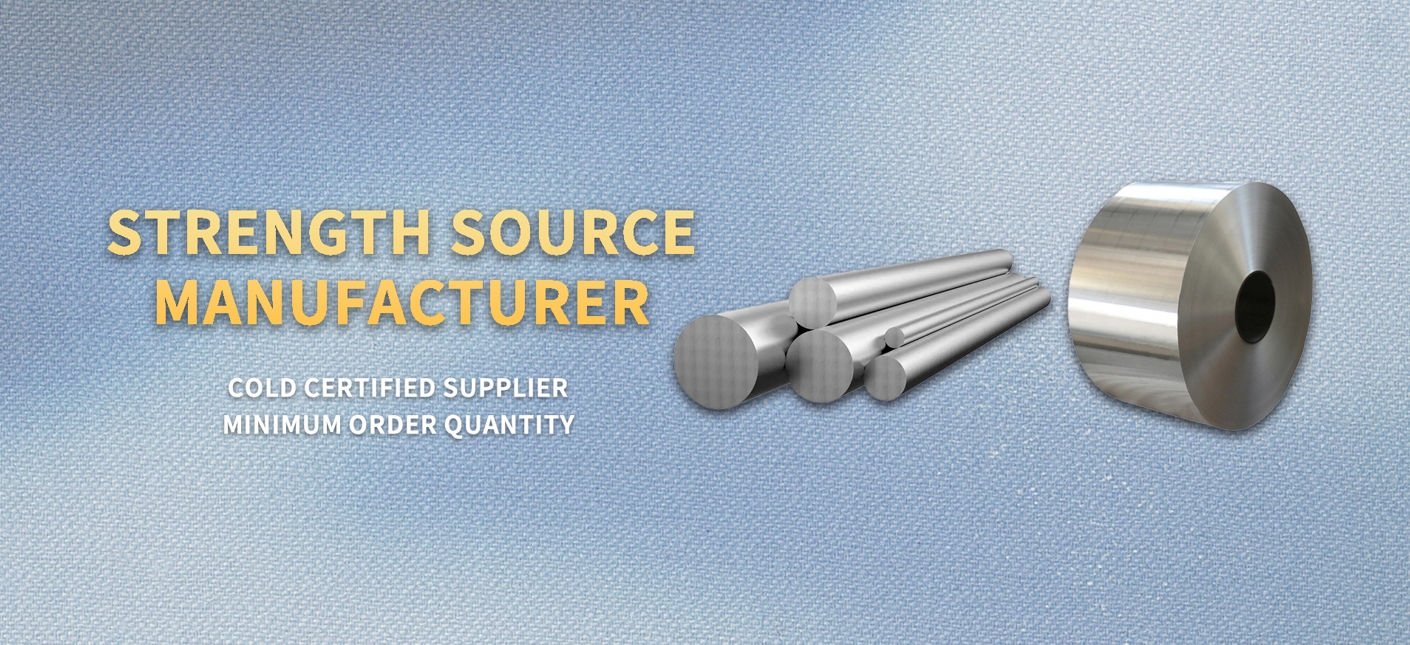Hastelloy Alloy: Product Analysis, Industry Applications, and Material Comparison
Our Hastelloy Alloy products, primarily nickel-based alloys like Hastelloy C-276, C-22, and B-3, are engineered for extreme environments where corrosion and high temperatures are relentless. Combining nickel with molybdenum, chromium, and other elements, these alloys deliver exceptional resistance to pitting, crevice corrosion, and stress corrosion cracking. From chemical reactors to aerospace components, our Hastelloy bars, sheets, and wires keep critical systems running strong.
Industry Applications
Hastelloy alloys are the go-to choice for industries facing aggressive conditions:
Chemical Processing: Reactors, heat exchangers, and piping systems handle acids like sulfuric, hydrochloric, and phosphoric with ease.
Oil and Gas: Sour gas wells and refinery equipment rely on Hastelloy for resistance to hydrogen sulfide and high-pressure corrosion.
Aerospace: Turbine blades and exhaust systems benefit from high-temperature strength up to 1900°F (1038°C).
Pharmaceuticals: Biocompatible alloys ensure contamination-free equipment for drug production.
Power Generation: Flue gas desulfurization systems and nuclear reactor components use Hastelloy for durability in corrosive gases.
Marine: Seawater-cooled systems and desalination plants leverage its resistance to saltwater corrosion. Its ability to perform in oxidizing and reducing environments makes Hastelloy a standout for high-stakes applications.
2025 Market Insights
The global nickel alloy market, including Hastelloy, was valued at $13.2 billion in 2024 and is projected to grow at a CAGR of 4.5% through 2030, driven by demand in chemical processing (30% market share in 2023), aerospace, and energy sectors. In 2025, Hastelloy’s growth is fueled by rising investments in green energy (e.g., hydrogen production) and stricter environmental regulations requiring corrosion-resistant materials. Asia-Pacific leads demand, with China and India expanding chemical and power infrastructure. Nickel price volatility ($45,000/MT in Q1 2025) impacts costs, but our optimized supply chain ensures competitive pricing.
Comparison with Other Materials
Hastelloy alloys compete with Inconel, stainless steel, and titanium in high-performance applications. Here’s how they stack up:
Parameter | Hastelloy (e.g., C-276) | Inconel (e.g., 625) | Stainless Steel (e.g., 316) | Titanium (e.g., Grade 5) |
|---|---|---|---|---|
Corrosion Resistance | Outstanding (acids, chlorides, seawater) | Excellent (high-temp, acids) | Good (rusts in chlorides) | Excellent (seawater, biocompatible) |
Max Operating Temp | 1900°F (1038°C) | 1800°F (982°C) | 1600°F (871°C) | 600°F (316°C) |
Tensile Strength | 100-115 ksi | 120-150 ksi | 75-90 ksi | 130-160 ksi |
Weldability | Good (standard methods, low risk of cracking) | Good (requires expertise) | Excellent | Moderate (specialized techniques) |
Density | 8.89 g/cm³ | 8.4 g/cm³ | 8.0 g/cm³ | 4.4 g/cm³ (lightest) |
Cost | High ($50,000/MT in 2025) | High | Moderate | High |
Applications | Chemical, oil & gas, power generation | Aerospace, high-temp chemical | General industrial, medical | Aerospace, medical, lightweight parts |
Pitting Resistance | Superior (PREN > 45 for C-276) | Very good (PREN ~40) | Moderate (PREN ~25) | Good |
Hastelloy’s Advantage: Hastelloy outperforms stainless steel in acidic and chloride-rich environments, offers better pitting resistance than Inconel, and is more weldable than titanium. It’s the top choice for chemical processing and sour gas applications.
Why Choose Our Hastelloy Alloy?
Unrivaled Durability: Resists pitting, crevice corrosion, and stress cracking in extreme conditions.
Custom Options: Available in bars, sheets, and wires, cut to your specifications.
Certified Quality: Meets ASTM B574, B575, and ASME standards with full traceability.
Fast Delivery: Global logistics ensure quick turnaround, even for custom orders.
Expert Guidance: Our team helps you select the right grade for your project.
FAQs
What makes Hastelloy ideal for chemical processing?
Its resistance to acids, chlorides, and pitting ensures reliability in harsh reactors and piping.Can Hastelloy handle high temperatures?
Yes, it performs up to 1900°F (1038°C), perfect for aerospace and power generation.How does Hastelloy compare to stainless steel?
Hastelloy excels in acidic and chloride environments where stainless steel corrodes.Is Hastelloy weldable?
Absolutely, it welds smoothly with standard techniques, minimizing cracking risks.What industries use Hastelloy alloys?
Chemical processing, oil and gas, aerospace, pharmaceuticals, power, and marine.What’s the market outlook for Hastelloy in 2025?
Growing at 4.5% CAGR, driven by chemical and green energy sectors, despite nickel price swings.Is Hastelloy biocompatible for medical use?
Yes, it’s used in pharmaceutical equipment and select implants due to its corrosion resistance.Why choose Hastelloy over Inconel?
Hastelloy offers superior pitting resistance and performs better in reducing acid environments.
Visual Description
Imagine a gleaming Hastelloy C-276 bar, polished to a mirror finish, resting in a chemical plant. In the background, a towering reactor vessel and a bubbling acid pipeline highlight the alloy’s resilience, while a faint glow from an aerospace turbine underscores its high-temperature strength.
Conclusion
Our Hastelloy alloy products are built to thrive where corrosion and heat push materials to the limit. With a robust market in 2025, driven by chemical processing, aerospace, and green energy, and clear advantages over stainless steel and Inconel, Hastelloy delivers unmatched performance. Choose our alloys for quality, customization, and reliability that powers your toughest projects.



